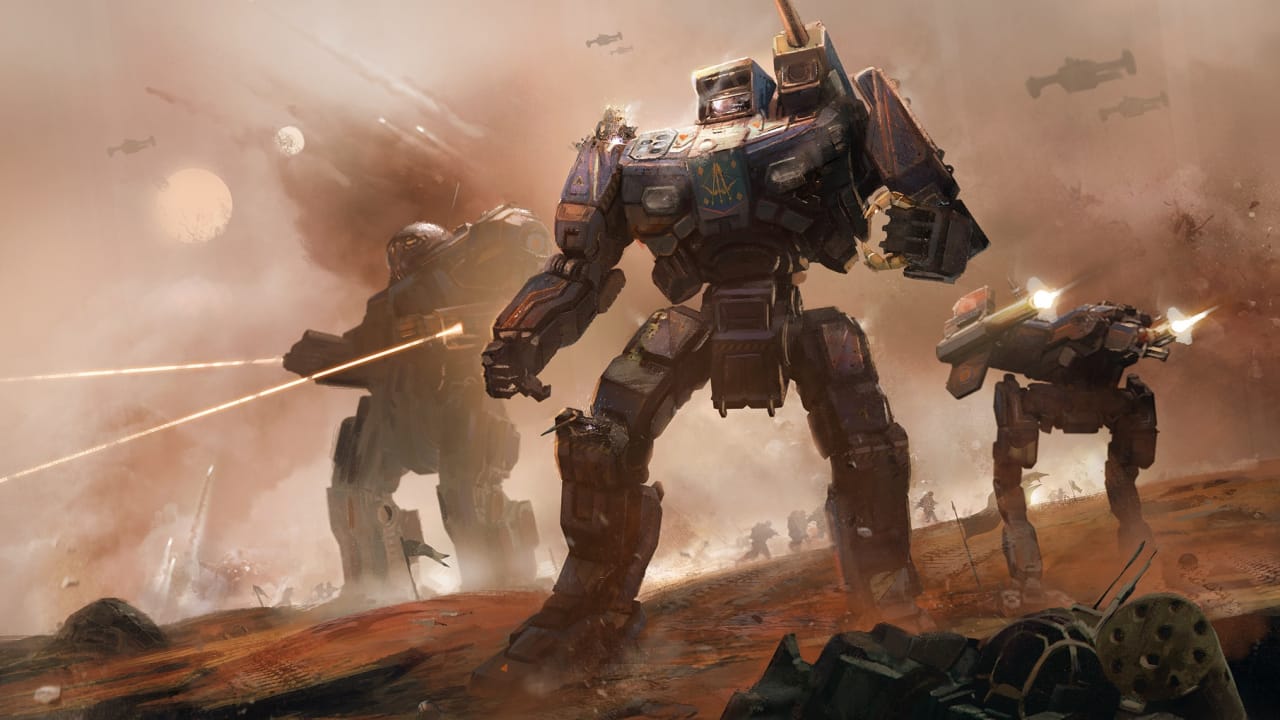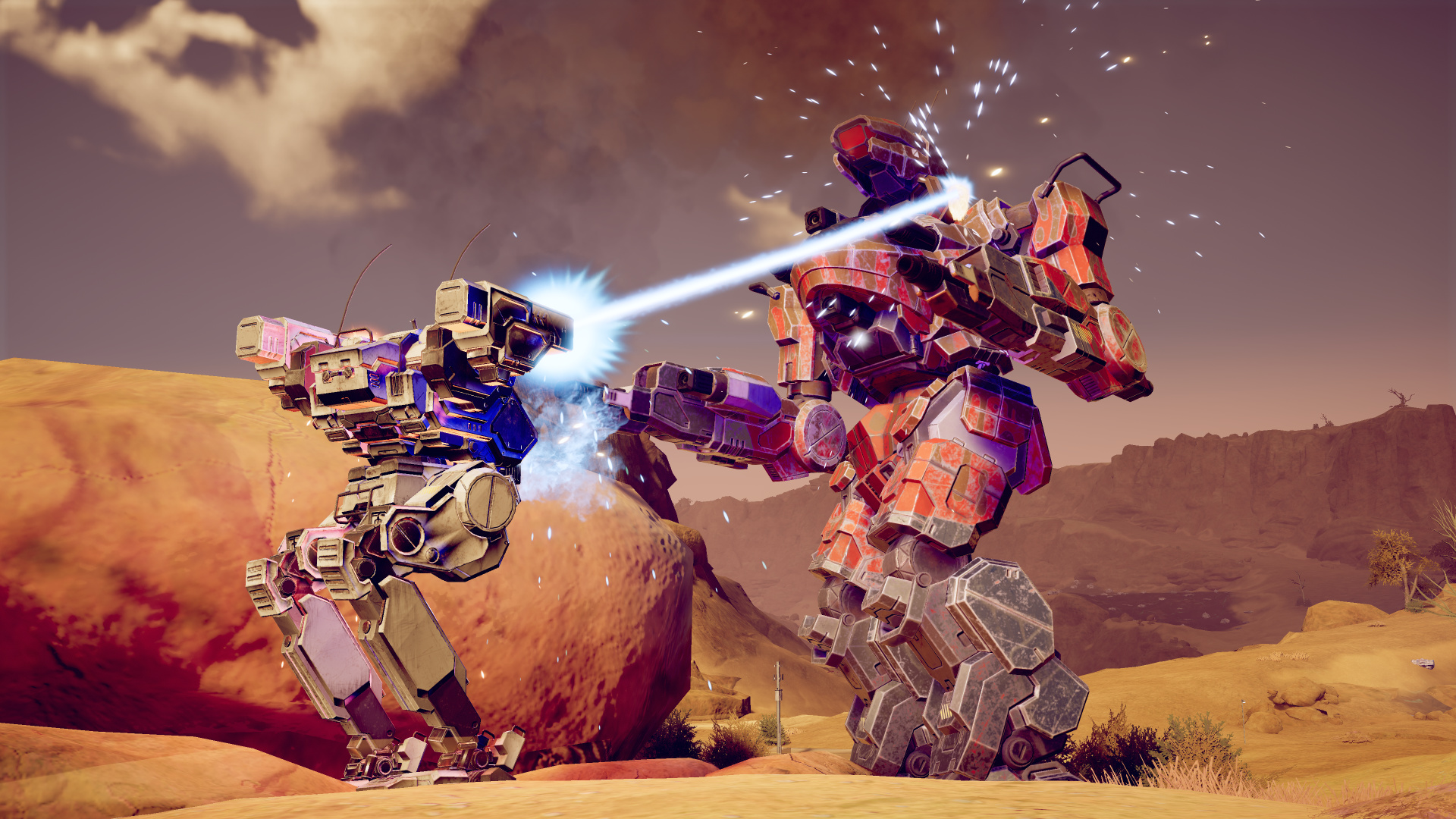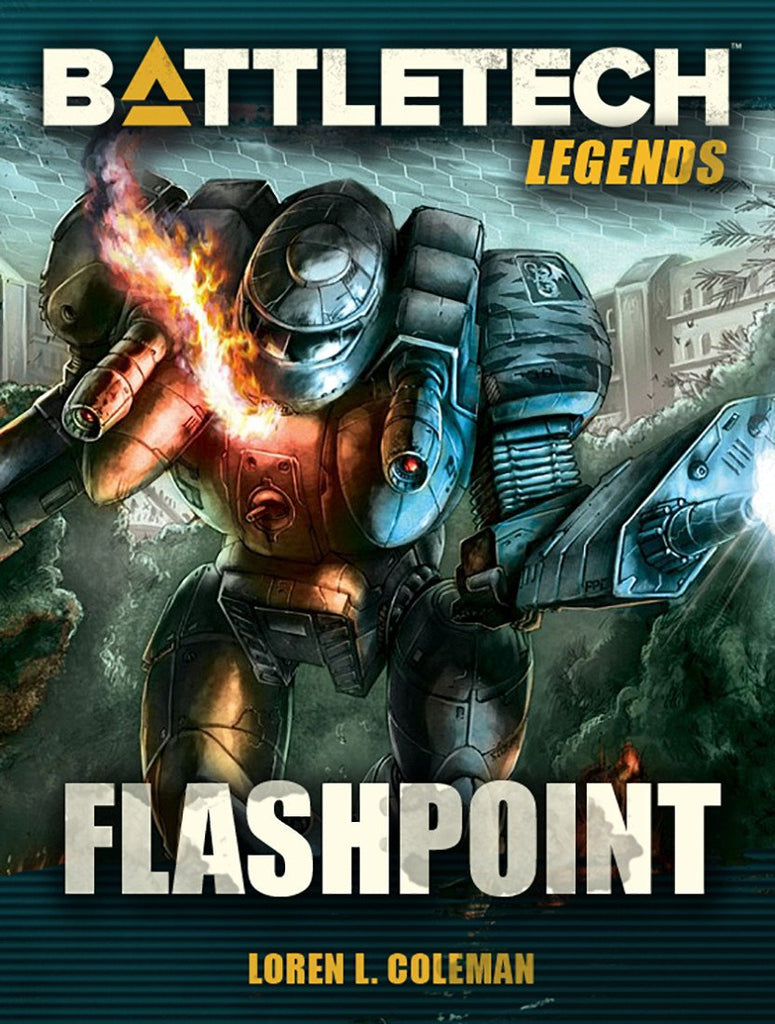

On 3 February 2439, as the Age of War gripped the Inner Sphere, the first combat trial of a new prototype BattleMech, the Mackie, was carried out near the city of Yakima in North America. The military applications of such technology was apparent, and further research and development continued over the next few decades. Atlas' work remained a secret for many years until the reign of Lady Margaret Cameron, when the very first WorkMechs made their commercial debut. Honored for his achievement in 2351 by being given a peerage, Dr.

Atlas had succeeded in refining myomer technology such that it was smaller and required less energy yet capable of impressive strength. Gregory Atlas, the leader of a top-secret Hegemony Research Alliance Department project known as "Operation Musclebound" at the University of Zimbabwe. The genesis of BattleMech technology began in the Terran Hegemony with the works of Dr. Still, the best way to fight a 'Mech is with another 'Mech, preferably one larger and more powerful: duels between evenly matched 'Mechs have been known to last for hours. Their downside is the incredible expense associated with producing and maintaining 'Mechs - even the cheapest 'Mech can cost millions of C-bills - ensuring cheaper combat vehicles a continued role in warfare. 'Mechs replicate many of the movements humans are capable of performing, including acrobatic feats such as shoulder rolls, which allow them to avoid, deflect or otherwise lessen the impact of weapons fire. In general, BattleMechs are considered superior to conventional combat vehicles, being faster, better armed and better protected, creating a firepower-to-manpower ratio which also gives them a logistical advantage. 'Mechs are best suited for ground combat, although they are also capable of operations underwater, in hazardous environments and in space.

A BattleMech (often abbreviated 'Mech, although that could technically also refer to IndustrialMechs) is an armored combat vehicle of roughly humanoid shape, standing 8 to 14 meters tall and typically massing from 20 to 100 tons.


 0 kommentar(er)
0 kommentar(er)
